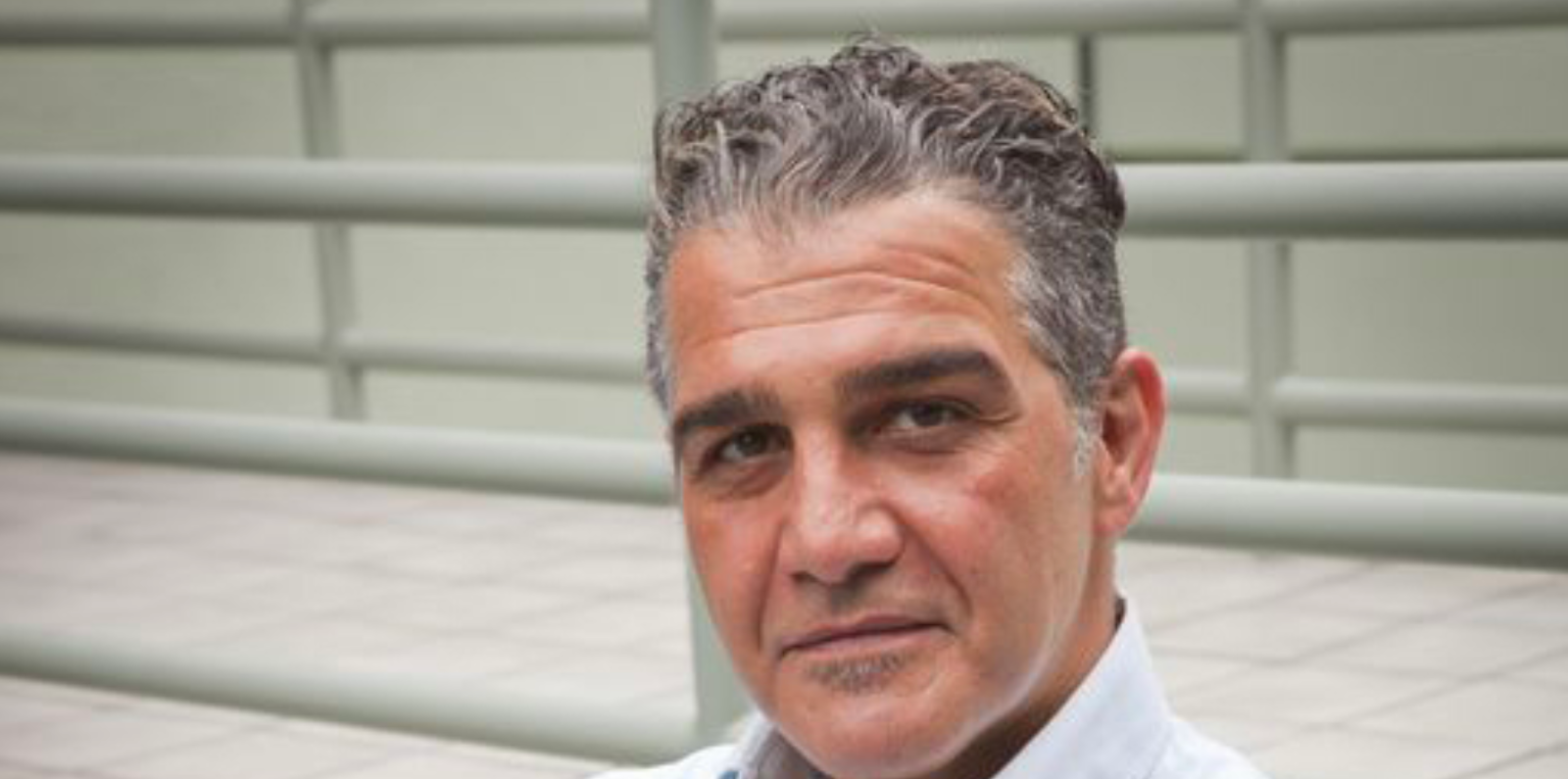In an era dominated by visual media, the unexpected resurgence of audio storytelling through podcasts has redefined how people consume narratives. This intimate medium combines the ancient appeal of oral storytelling with modern technology, creating a personal connection that often eludes screen-based entertainment. The podcast format has evolved beyond simple talk shows into sophisticated narrative experiences, offering everything from investigative journalism to fictional dramas that unfold directly in listeners’ minds.
Read also: The Perils of Short-Term Thinking in Modern Business
The Intimacy of Audio Storytelling
Podcasts create a unique psychological connection by engaging the imagination directly without visual intermediaries. Unlike television or film where images are provided, audio storytelling requires listeners to mentally construct scenes and characters, resulting in a more personalized experience. This imaginative participation makes podcast narratives more memorable and emotionally resonant for many audiences. The human voice carries subtle emotional cues that bypass intellectual filters, allowing stories to connect on a deeper level than written or visual media.
The convenience of audio content fits seamlessly into modern lifestyles. Podcasts accompany people during commutes, workouts, and household chores, turning mundane activities into opportunities for entertainment and learning. This accessibility has expanded storytelling’s reach beyond dedicated leisure time, integrating narratives into daily routines in ways visual media cannot. The hands-free, eyes-free nature of podcast consumption makes it the perfect medium for multitasking generations.
Audio storytelling also benefits from lower production barriers compared to visual media. Without needing cameras, sets, or special effects, creators can develop rich narrative worlds using only voice, sound effects, and music. This democratization of storytelling has allowed diverse voices and niche subjects to find audiences that traditional media might overlook. The relative simplicity of production encourages experimentation with formats and genres that push storytelling boundaries.
The Rise of Narrative Podcast Genres
True crime podcasts demonstrated the medium’s potential for serialized investigative storytelling. These shows often unfold like audio documentaries, with hosts guiding listeners through complex cases over multiple episodes. The format’s success proved that audiences would commit to long-form audio narratives, paving the way for other nonfiction genres like history, science, and cultural analysis to adopt similar approaches.
Fictional podcasts have revived the radio drama tradition with modern sensibilities. From horror to romance to science fiction, these scripted shows use sound design to create immersive worlds. The absence of visual effects requires writers to craft vivid descriptions and rely on atmospheric audio cues, resulting in a different kind of storytelling discipline. Listener engagement with fictional podcasts often surpasses visual media because the brain’s imaginative rendering of scenes creates stronger personal investment.
Conversational and interview-style podcasts have developed their own narrative structures. Skilled hosts shape discussions into compelling arcs with carefully timed reveals and reflections. These shows often blend storytelling with spontaneous moments, creating a hybrid form that feels both crafted and authentic. The conversational podcasts make listeners feel like privileged participants in meaningful dialogues rather than passive receivers of content.
Technological Advances in Audio Consumption
Smartphone ubiquity created the perfect delivery system for podcast storytelling. Mobile devices allow listeners to carry entire narrative universes in their pockets, switching between shows as mood and interest dictate. Podcast apps have evolved to include features like variable playback speed and smart recommendations that enhance discovery and customization of listening experiences.
Improvements in audio quality and recording technology have elevated podcast production values. Affordable high-quality microphones and digital audio workstations enable creators to produce professional-grade content from home studios. Advanced sound design techniques borrowed from film and gaming have raised audience expectations for immersive audio environments, pushing podcast storytelling to new levels of sophistication.
The development of smart speakers and in-car entertainment systems has further integrated podcasts into daily life. Voice commands make accessing favorite shows effortless, while improved vehicle audio systems enhance the listening experience. These technological integrations have helped podcasts compete with music and radio for auditory attention during key listening hours.
The Social Aspect of Podcast Culture
Podcast storytelling has fostered unique communities of engaged listeners. Online forums and social media groups allow fans to dissect episodes, share theories, and connect with creators directly. This participatory culture extends the life of podcast narratives beyond their runtime, creating ongoing conversations that deepen listener investment. Some shows even incorporate audience contributions into their storytelling, blurring the line between creators and consumers.
Live podcast recordings have turned audio storytelling into a shared experience. These events transform normally solitary listening into collective enjoyment, with audiences reacting to reveals and plot twists together. The success of live shows demonstrates how podcast storytelling has developed its own performance traditions and fan rituals comparable to those of television or literature.
Educational institutions have recognized podcasting’s narrative power, incorporating audio storytelling into curricula and offering courses on podcast creation. This institutional acceptance signals the medium’s maturation as an art form while ensuring new generations of creators will continue pushing its boundaries. From middle school projects to university-level courses, podcasting has become a recognized method for developing communication skills and creative expression.
The podcast medium’s flexibility ensures its continued evolution as a storytelling platform. As new technologies like spatial audio and interactive elements emerge, audio narratives will likely develop even more immersive and innovative forms. What began as simple downloadable radio shows has grown into a diverse storytelling ecosystem that honors oral traditions while embracing digital possibilities. In an increasingly visual world, podcasts remind us of language’s primal power to create worlds, build connections, and share truths—one carefully crafted audio moment at a time.
Read also: Leadership vs. Authority: Understanding the Critical Difference











